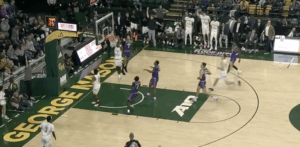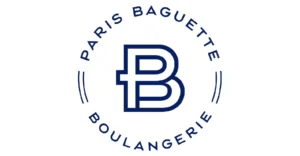The one hand that beginning and intermediate players misplay more often than others is K-Q. The hand looks powerful — one that would seemingly rank up there with starters like A-K and A-Q — but it isn't in the same league as those premium cards.
Novice players commonly overvalue the strength of K-Q when they flop a pair to it. Q-5-2 might look like an excellent flop for king-queen, but it can be very dangerous if an opponent has any of the following hands: 2-2, 5-5, Q-Q, A-Q, K-K or A-A.
An expert player is able to fold his king-queen on that flop if he senses that his opponent has a stronger hand. Most amateur players, however, just aren't sophisticated enough to know when to play the hand to the river and when to let it go.
You see, an unimproved K-Q rarely holds up in a race to the river. Even a weak holding like A-3 offsuit will beat it in the long run. If an ace hits, the king-queen is all but dead; if no king or queen hits, the A-3 wins by virtue of simply being higher.
King-queen play is especially important in tournament poker when you’re deciding whether to go all-in or to wait for a better situation.
If a tourney player goes all-in before you, what hands could he have that would mean your K-Q is in good shape? The only hands it dominates are K-J and K-10. It's much more likely that an all-in player has at least an ace; oftentimes he'll have A-K or A-Q, which are both monster favorites over your cards. You'd have just three outs against either hand.
Now let’s say your opponent had a hand like pocket tens. Your K-Q still loses more than 55% of the time. See what I mean by dubious?
I strongly advise players to fold king-queen in the face of an early position raise. A raise from that spot represents a strong hand; one that usually dominates K-Q. However, K-Q is a good hand to attack the blinds when you’re the first player to enter the pot from middle or late position. If that happens, make a standard-size raise. If someone reraises, fold before you get yourself into trouble.
Suited cards usually don’t make a world of difference, but with K-Q it’s often enough of an added edge to allow you to call a raise in marginal situations. Here’s why: You’re now hoping to flop a high pair or, better yet, to catch a straight or a high flush.
K-Q suited versus K-Q offsuit is a significantly better hand in a multi-way pot. The more players that enter a pot, the stronger the average winning hand will be. In a heads-up pot the average winning hand may just be a high pair. But in a five-way action pot, you just might need that flush to win.
Now that you know these facts about king-queen, you can play the hand more reasonably. Yes, it’ll score you some big pots, but don’t get fooled into thinking it’s a premium hand.
Visit www.cardsharkmedia.com/book.html for information about Daniel Negreanu’s new book, Hold’em Wisdom for All Players.
© 2007 Card Shark Media. All rights reserved.











